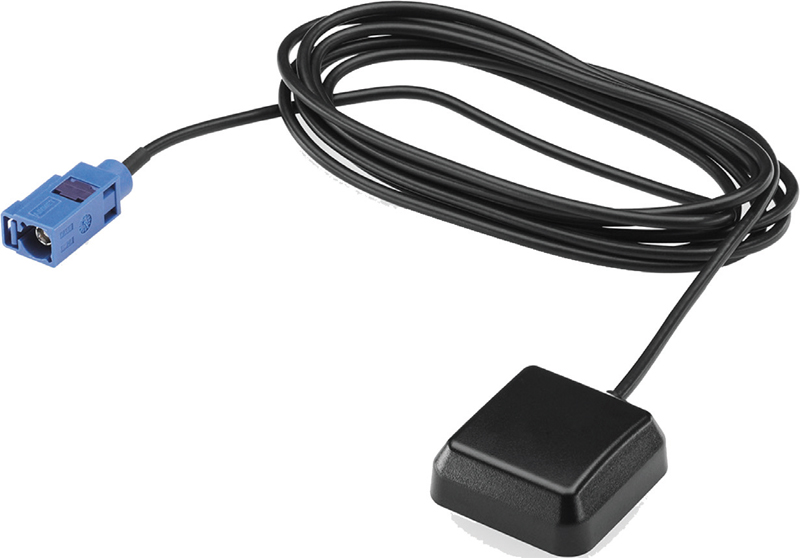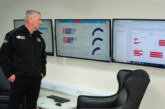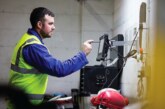
Intelligent tachographs arrived on UK roads from 15th June, but just how smart are they?
New-generation intelligent digital tachographs – also known as smart tachographs – started appearing on our roads from 15th June. The DfT has said it is committed to the introduction of the new generation tachographs irrespective of the Brexit outcome.
All trucks over 3.5 tonnes GVW registered for the first time from that date must be fitted with a smart tachograph conforming to EU Regulation 165/2014. Smart tachographs look very similar to the current generation, but they incorporate additional technology designed to make it easier for drivers to stay compliant, and also for police and enforcement authorities to check for hours’ infringements.

Smart tachos include new encryption technology for communication between the speed sensor and tachograph. Tachograph card communication will also be encrypted in a more secure way.
1. Integrated GPS
A mandatory feature is that smart tachos must be linked to a global navigation satellite system (GNSS) to enable the vehicle position to be automatically recorded at the start and the end of the shift, after three hours of driving and after each change of activity. The global positioning link can be GPS, Galileo, or Glonass.
2. New driver and operator cards
Operators will still be required to download, store and analyse data – and that is likely to require updating download tools, so they capture the new data sets.
New driver and company cards will also be needed, called 1C, although current driver and company cards can be used until they expire. New cards will support both the current 1B and new 1C encryption technologies, but operators should be aware that there will be incomplete data sets when drivers use 1B cards in the new smart tacho.
3. New-look tachograph seal
A visual clue that a smart tacho is fitted is a new tachograph seal. Each seal will now have a unique, traceable ID number which is entered on installation stickers. The seal must be replaced each time the tachograph is recalibrated.
4. Tacho calibration changes
The price of the mandatory two-year recalibration check or resealing after a repair may go up. Tachograph calibration centres have had to invest in upgrades to existing testing and diagnostics equipment to be able to service this new generation and they will have to carry out two extra function tests: the first is to confirm that the Dedicated Short Range Communication (DRSC) interface enabling remote compliance checks is working; and the second, to confirm that the satellite receiver for pinpointing the vehicle’s GPS position is functioning. Finally, the mechanical seal on the speed sensor must be checked.

5. On-the-move compliance checks
In-scope vehicles must also be fitted with a windscreen-mounted DRSC interface. Enforcement officers will use remote readers to capture data from the tachograph to check for hours’ offences and for cases of suspected tampering. The key change here is that there’ll be no need to pull the vehicle over to check – the readers can capture the data even when the vehicle is travelling at 80km/h.
The DRSC interface can be integrated in the windscreen antenna or the tachograph. Continental, for example, has elected to place the intelligence for the DRSC in its DTCO 4.0 unit so no modifications need to be made to any vehicle systems. The company says this approach makes for easier retrofitting should fleets decide to upgrade any current generation tachographs.
Continental VDO points out that authorities have 15 years to implement this aspect of the new regulations and that as no commercial readers are yet available to buy, operators are unlikely to notice any immediate change in enforcement practices.
6. Further fleet benefits
Fleets that have adopted remote tachograph downloading for more efficient driver hours’ management should check that their software provider and/or tachograph analysis partner has made the necessary changes. This may require a change to the firmware, or reprogramming of the download fob.
Smart tachographs have an output that allows tachograph data to interface with a standardised ITS (Intelligent Transport System) interface. This will allow other devices, including on-board telematics systems, to access data from the tachograph. Having a standard interface means that the tacho will connect to any ITS system, and that the data will be in a standard format that can be read and utilised by any telematics system.
However, fleets should remember that data via this interface can be defined as personal and non-personal. For GDPR compliance, drivers must give their consent to personal data being accessed.








